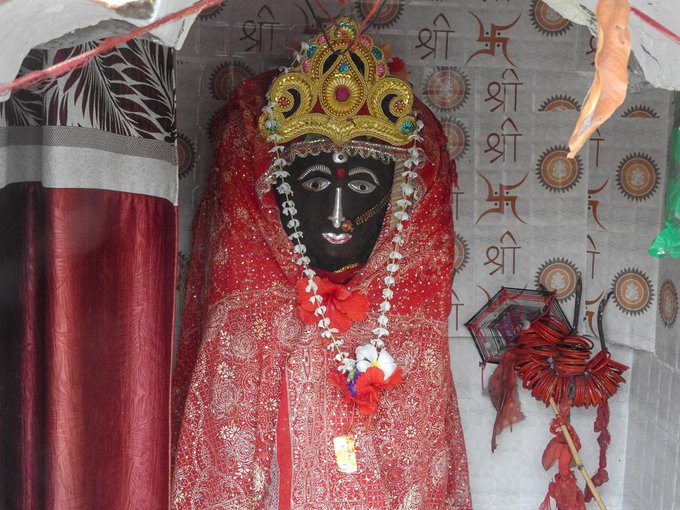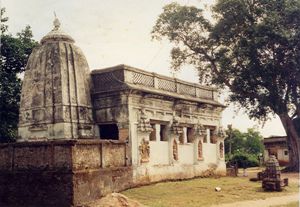
PC: Debashish Dash https://twitter.com/TheDashDD
Legends:





PC: https://twitter.com/apsubhakanta98?s=17
Sulkis were the feudatories of the Bhauma-Karas popularized the cult of Khambhesvari in Kodalaka Mandala. Dhenkanal, Talcher and the neighbouring area was known as Kodalaka Mandala during the 8th and 9th centuries A.D. and was under the rule of the kings belonging to Sulki family who were the feudatories of the Bhauma-Kara rulers. Khambhesvari was the tutelary deity of the Sulki dynasty. In their inscriptions the Sulkies claimed to have received their kingship in their capital Kodalaka and achieved success and prosperity through the grace of Goddess Khambhesvari. In the Dhenkanal plates of Kulastambha we come across the phrase ‘Stambhesvari Labdha Vara Prasadah’. Similarly in the Puri plates of Ranastambha we find mention of ‘Stambhesvari Datta Vara Prasadat’. Ranastambha in another of his copper plate grants is said to have received boons from Stambhesvari (Stambhesvari Prapta Vara Prasadat). Stambhesvari is declared as the witness (Sakhini) of the Dhenkanal grants. In their inscriptions they described themselves as the lord of all Gonds (Gondamadhinatha). There is no doubt that the Gondomas of their inscriptions are the same as the Gonds who even now flourish in large number in Bamanda; Bonai and Gangpur regions as well as in the valley between the Sankha and the Koel. In the Dhenkanal grant of Jayastambha there is a recorded tradition that Kanadastambha first uprooted a king named Dhekata who seems to be identical with the Savara Chief Dhenka, who is often associated with Dhenkanal in popular traditions. Even now near Dhenkanal there is a stone pillar called Dhenka Savara Munda which is worshipped by the people twice a year. The following verse of the Sulki charters makes it clear that Stambhesvari was the family deity of the royal house :-
Stambhesvari Lavdha Vara Prasadah Sulkikulebhut Ksitipah Ksatarih / Sriman Kulastambha Iti Pratitah Sphurat Pratapodaya-tapitarih//
It is striking to note that the Sulki rulers used the epithet Stambha as their surname such as Kanda Stambha, Kanchana Stambha, Rana Stambha, Kula Stambha, Jaya Stambha and Nidaya Stambha. By adopting this nomenclature the Sulkis obviously wanted to associate themselves with the Divine Mother whom they worshipped in the form of a Stambha or a pillar or a post.
Note that Khambesvari and Stambhesvari both are same.

PC: nuaodisha.com
There is not the division of opinion that the Khambhesvari is one of the best examples of the autochthonous Goddess of Odisha and continued to be a popular faith of the people of Odisha for centuries.
Comments
Post a Comment